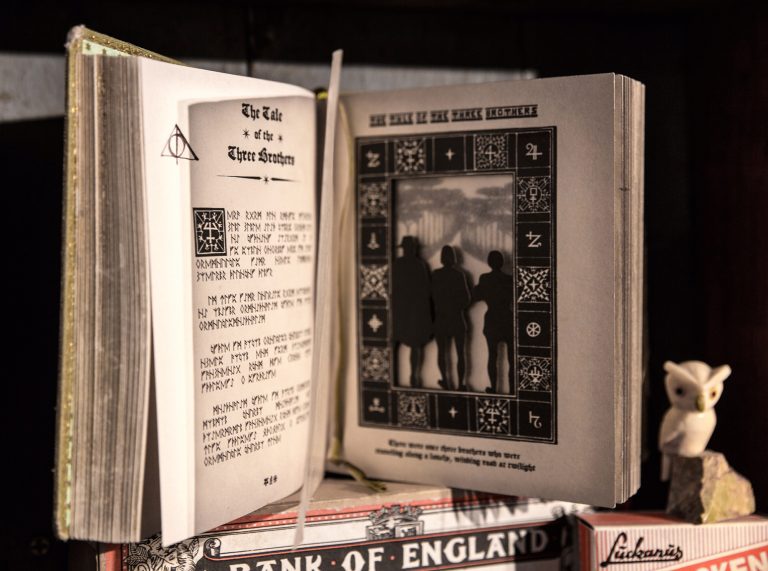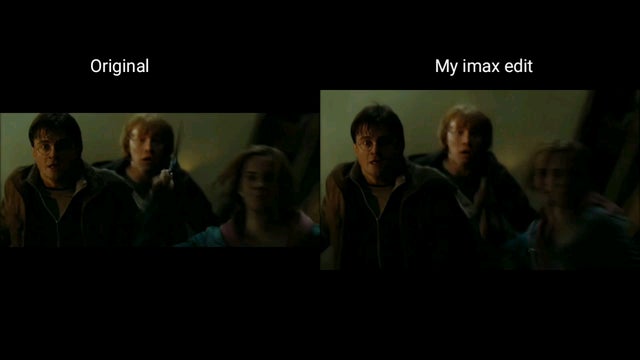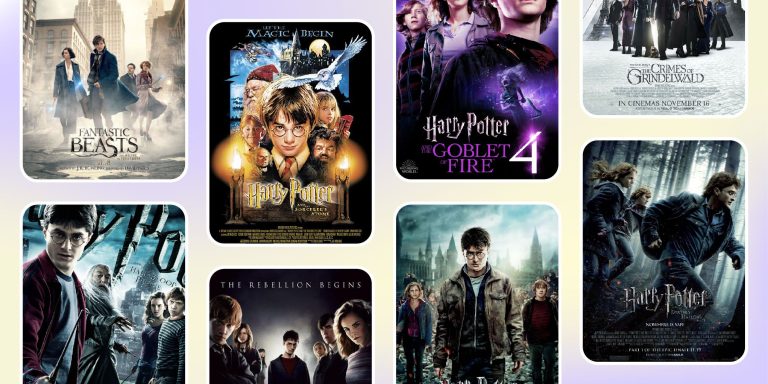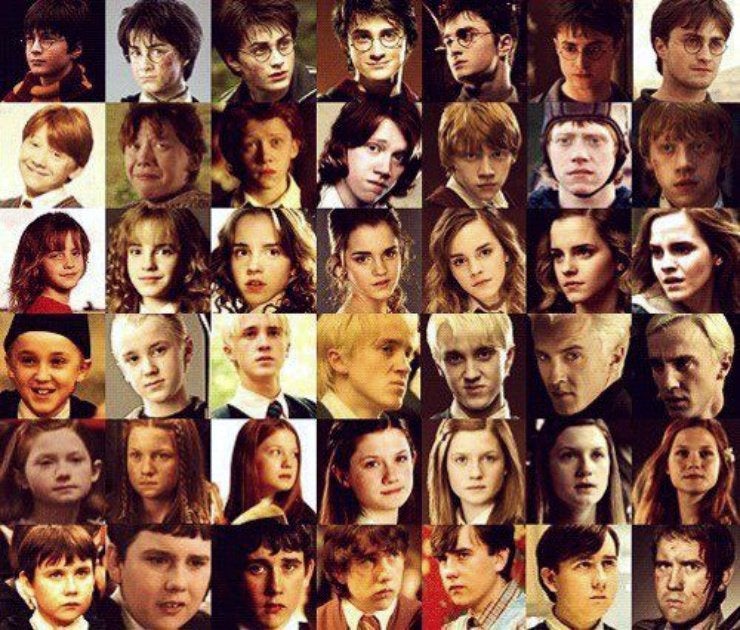How Were The Magical Creatures And Beasts Brought To Life In The Harry Potter Movies?
If you’ve ever wondered how the magical creatures and beasts in the Harry Potter movies came to life, then you’re in for a treat! In this article, we’ll delve into the behind-the-scenes magic that brought these fantastical creatures from J.K. Rowling’s wizarding world onto the big screen. From the mischievous Dobby to the majestic Hippogriff, get ready to discover the secrets of their creation.
The Harry Potter movies are renowned for their incredible visual effects, and the creatures and beasts are no exception. Through a combination of practical effects, animatronics, and CGI, the filmmakers were able to bring these magical creatures to life in a way that captivated audiences worldwide. Join us as we unravel the enchanting techniques used to make these creatures leap off the pages of the books and onto the silver screen.
Now that we’ve set the stage, let’s dive into the fascinating world of how the magical creatures and beasts were brought to life in the Harry Potter movies. From the intricate designs to the meticulous execution, prepare to be spellbound by the artistry and creativity that made these creatures feel so real. So grab your wand and get ready to embark on a journey through the magical realm of Harry Potter!
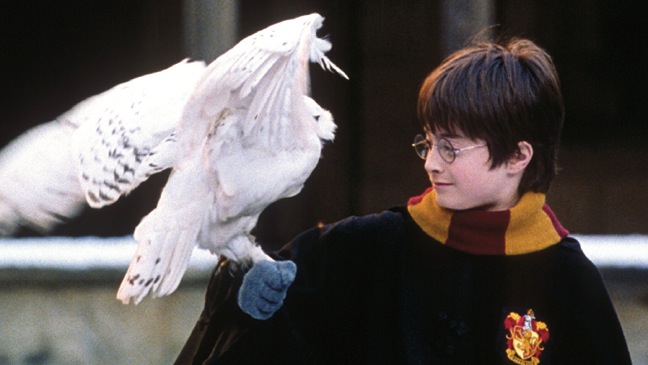
How Were the Magical Creatures and Beasts Brought to Life in the Harry Potter Movies?
The Harry Potter movies are beloved by fans all over the world for their magical world-building and captivating characters. One of the most enchanting aspects of the films is the portrayal of magical creatures and beasts. From the mischievous house-elves to the majestic dragons, these creatures add depth and excitement to the wizarding world. But how were these creatures brought to life on the big screen? In this article, we will explore the techniques and creative processes behind the creation of these magical beings.
The Magic of Visual Effects
Creating realistic and lifelike creatures for the Harry Potter movies required a combination of practical effects and state-of-the-art visual effects. The visual effects team worked closely with the filmmakers to bring J.K. Rowling’s descriptions to life. It all started with concept art and designs that captured the essence of each creature. Once the designs were finalized, the team used a variety of techniques to bring the creatures to life.
One of the key techniques used was the art of digital animation. Skilled animators meticulously crafted the movements and behaviors of the creatures, ensuring that they felt believable and true to their descriptions in the books. These animators used motion capture technology to study the movements of real animals and then applied those movements to the digital creatures. This attention to detail helped create creatures that felt grounded in reality, despite their fantastical nature.
The Role of Practical Effects
While digital animation played a significant role in bringing the magical creatures to life, practical effects were also crucial in creating a sense of authenticity. Practical effects involve using physical props, animatronics, and puppetry to create tangible creatures that interact with the actors on set. This combination of practical and digital effects allowed the actors to have something to react to, making their performances more natural and immersive.
The practical effects team worked tirelessly to create intricate animatronic puppets and prosthetics that could be controlled by skilled puppeteers. These puppets were designed to move and react in a lifelike manner, further enhancing the on-screen presence of the creatures. The actors’ interactions with these practical effects added an extra layer of realism to their performances, making the magical creatures feel more tangible and alive.
Magical Creatures on Set
On the set of the Harry Potter movies, the actors often found themselves working alongside both practical and digital representations of the creatures. This required a great deal of imagination and adaptability from the cast, as they had to react to creatures that were not physically present. The filmmakers provided reference points and visual cues to help the actors understand the size, movement, and appearance of the creatures they were interacting with.
In some cases, the actors would perform alongside actors in motion capture suits, who would later be replaced by digital creatures in post-production. This allowed the actors to have a visual reference and establish a connection with the creatures, even though they were not physically present on set. The combination of practical effects, digital animation, and the actors’ performances all came together to create the seamless and magical world of the Harry Potter movies.
The Importance of Creature Design
A crucial aspect of bringing the magical creatures to life was the design process. The visual effects team worked closely with the filmmakers and J.K. Rowling herself to ensure that the creatures stayed true to their descriptions in the books. Careful attention was given to every detail, from the texture of their skin to the movement of their wings. The goal was to create creatures that not only looked visually stunning but also felt believable and grounded in the wizarding world.
The creature design process involved extensive research and development. The team studied real animals, mythical creatures from folklore, and even prehistoric creatures to gather inspiration and ideas. They also drew on the rich descriptions provided by J.K. Rowling in her books. The result was a collection of creatures that felt unique, magical, and true to the world of Harry Potter.
Creating a Magical Experience
The process of bringing the magical creatures and beasts to life in the Harry Potter movies was a collaborative effort that involved the talents of many artists and technicians. From the concept artists to the animators, puppeteers, and actors, each person played a crucial role in creating a believable and enchanting world. The attention to detail, the combination of practical and digital effects, and the dedication to creature design all contributed to the immersive and magical experience that fans have come to love.
In conclusion, the magical creatures and beasts in the Harry Potter movies were brought to life through a combination of visual effects, practical effects, and the creative talents of a dedicated team. Through the use of digital animation, motion capture technology, puppetry, and prosthetics, these creatures were able to captivate audiences and transport them into the wizarding world. The meticulous attention to detail and the collaborative efforts of the entire production team resulted in creatures that felt truly magical and brought J.K. Rowling’s imagination to life on the big screen.
Key Takeaways: How were the magical creatures and beasts brought to life in the Harry Potter movies?
- The magical creatures and beasts in the Harry Potter movies were brought to life through a combination of practical effects and CGI.
- Expert creature designers and animatronics teams worked together to create realistic physical models of the creatures.
- These physical models were then enhanced with computer-generated imagery to bring them to life on screen.
- Actors and stunt performers also played a crucial role in bringing the magical creatures to life through their movements and interactions.
- The use of sound effects and music helped to further enhance the realism of the magical creatures in the movies.
Frequently Asked Questions
In the Harry Potter movies, the magical creatures and beasts played a significant role in bringing the wizarding world to life. These fantastical creatures added an element of wonder and excitement to the films. Here are some commonly asked questions about how these creatures were brought to life:
1. How were the magical creatures and beasts created?
The creation of the magical creatures and beasts in the Harry Potter movies involved a combination of practical effects and computer-generated imagery (CGI). The filmmakers used a variety of techniques to bring these creatures to life. Some creatures, such as Buckbeak the Hippogriff, were created using animatronics and puppetry. Skilled puppeteers operated the creatures on set, giving them realistic movements and expressions.
For creatures that required more complex movements or couldn’t be created practically, CGI was used. The visual effects team would create digital models of the creatures and animate them using computer software. This allowed for greater flexibility and control over the creature’s appearance and movements. The CGI creatures were then seamlessly integrated into the live-action footage during post-production.
2. Who was responsible for designing the magical creatures?
The design of the magical creatures in the Harry Potter movies was a collaborative effort between the filmmakers and a team of talented artists. The task of bringing J.K. Rowling’s imaginative creatures to life fell to the concept artists and creature designers. These artists would study the descriptions of the creatures in the books and work closely with the director and production designer to develop the visual look and feel of each creature.
Once the design was approved, the concept artists would create detailed drawings, sculptures, or digital models of the creatures. These designs would serve as a reference for the animatronics or CGI teams, who would then bring the creatures to life using their respective techniques.
3. Were real animals used to portray the magical creatures?
In some cases, real animals were used as a reference for the creation of the magical creatures in the Harry Potter movies. The filmmakers would study the movements, behaviors, and physical characteristics of real animals to make the creatures feel more authentic. This reference material was especially useful for creatures like the dragons and the Basilisk.
However, it’s important to note that the magical creatures themselves were not real animals. They were either created using animatronics, CGI, or a combination of both. The real animals served as inspiration and reference points for the artists and animators, but the final creatures were entirely fictional.
4. How were the actors able to interact with the magical creatures?
When filming scenes with magical creatures, the actors often had to work with stand-in props or green screen placeholders. These props would represent the size and shape of the creature, allowing the actors to interact with them convincingly. The actors would then use their imagination and training to respond to these placeholders as if they were the actual creatures.
In post-production, the animators would replace the placeholders with the final CGI creatures, making it appear as though the actors were interacting with them. This process required a great deal of coordination and imagination from both the actors and the visual effects team to ensure a seamless integration of the creatures into the live-action footage.
5. Were there any challenges in bringing the magical creatures to life?
Bringing the magical creatures to life in the Harry Potter movies presented several challenges. One of the main challenges was striking a balance between practical effects and CGI. The filmmakers wanted the creatures to feel tangible and real, but some creatures required the flexibility and visual effects capabilities of CGI.
Another challenge was ensuring that the creatures stayed true to J.K. Rowling’s vision while also adapting them for the big screen. The filmmakers had to interpret the descriptions from the books and create designs that would work effectively in a visual medium.
Additionally, the animators and visual effects team faced the challenge of creating realistic movements and behaviors for the creatures. They had to study the movements of real animals and find ways to translate that into the movements of the magical creatures, adding an extra layer of believability to their performances.
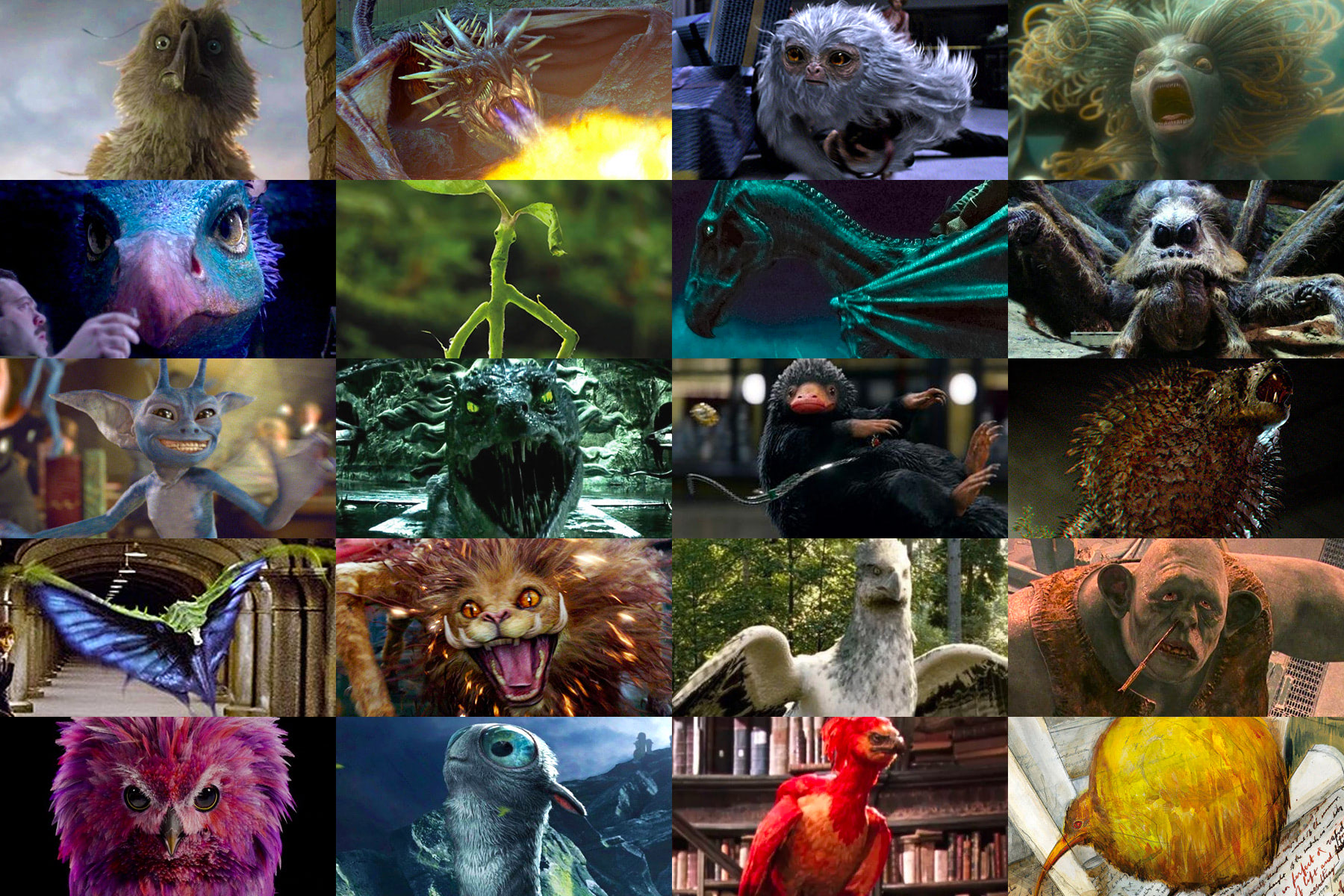
Every Beast We’ve Seen So Far in Fantastic Beasts 1/2 (45 Creatures Explained)
Final Summary: Bringing Magical Creatures to Life in the Harry Potter Movies
And there you have it, the magic behind the magical creatures and beasts in the Harry Potter movies! From the enchanting unicorns to the fearsome dragons, the talented teams of artists, animators, and visual effects wizards worked tirelessly to bring these creatures to life on the big screen. Through a combination of practical effects, animatronics, and CGI, they were able to create a truly immersive and believable world filled with extraordinary creatures.
One of the key techniques used was the art of animatronics, where skilled puppeteers brought the creatures to life through intricate mechanical movements. This allowed for a more tangible and realistic interaction between the actors and the creatures. Additionally, the use of CGI helped to enhance the creatures’ appearances and movements, adding a layer of magic and awe to their on-screen presence.
The attention to detail in creating these magical creatures was truly remarkable. From the careful design of their physical features to the subtle nuances in their behavior, every aspect was meticulously crafted to ensure that they felt authentic and true to J.K. Rowling’s imaginative world. The result is a collection of creatures that captivate our imaginations and transport us to a realm where magic is real.
So, the next time you watch the Harry Potter movies and marvel at the incredible creatures that inhabit the wizarding world, remember the incredible work that went into bringing them to life. It is a testament to the power of imagination and the dedication of the talented individuals behind the scenes. Truly, the magical creatures in the Harry Potter movies are a testament to the limitless possibilities of filmmaking.

